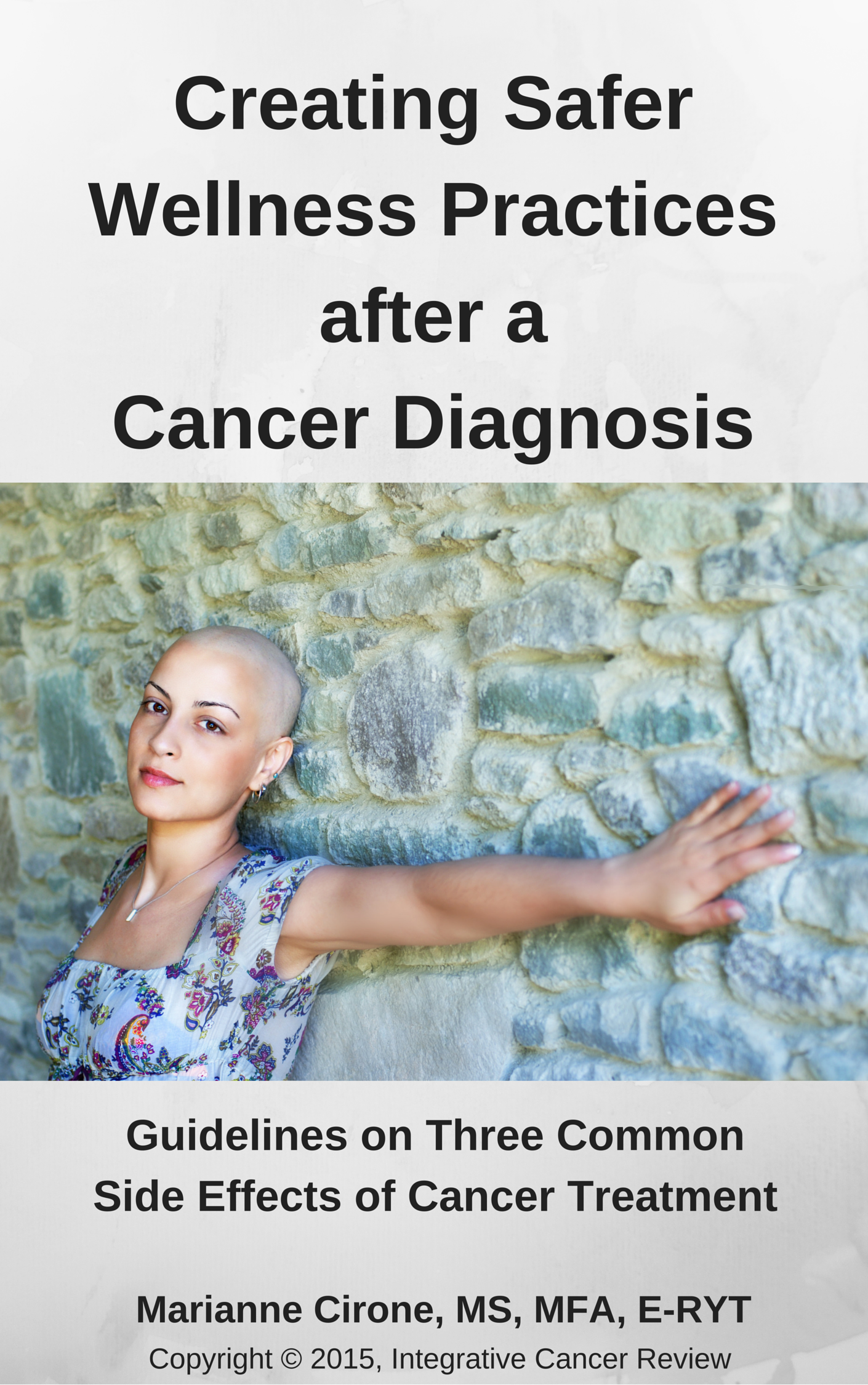
The emotional challenges facing individuals going through cancer treatment are often compounded by the high costs of health care, according to a new report by Commonwealth Fund, The New York Times, and Harvard T.H. Chan School of Public Health.
The 2018 report, titled “Health Care in America: The Experience of People with Serious Illness,” gathered survey data from 1,500 Americans with serious illness and family members (or friends) to document “the financial, employment, and psychological consequences of being seriously ill.”
The results show that even for people going through cancer treatment who have health insurance, nearly one-third of respondents face financial challenges. Thirty-one percent of seriously ill people report “serious problems” paying for hospital bills and 27% report difficulty paying for prescription drugs.
“The impact that being seriously ill has on the financial situation facing serious illness has not been well-recognized,” the report states. “With 91% having health insurance, it is surprising that 37% of seriously ill (people) report having used up all or most of their savings dealing with their health and medical condition, and 31% having been contacted by a collection agency,” the report states. “Strikingly, 23% report being unable to pay for necessities like food, heat, or housing.”
The Cost of Cancer Treatment: By the Numbers
The national survey documented responses from 749 seriously ill adults and cited these financial problems as a result of the illness.
Hospital bills: 34%
Prescription drugs: 29%
Dental care: 27%
Emergency room bills: 26%
Doctor’s office visits: 23%
Ambulance services: 20%
Home care services: 15%
Medical equipment for use at home: 15%
Respondents also reported:
- Taking five or more prescription drugs: 57%
- Receiving a bill for doctors or services not fully covered by insurance after their last overnight hospitalization: 47%
- Having a problem understanding treatments/services covered by their health insurance plan: 31%
- Using prescription medicines that cost (them or their health plans) more than $50,000 a year: 11%
Source: The Commonwealth Fund/The New York Times/Harvard T.H. Chan School of Public Health, Being Seriously Ill in America Today, July 6 – August 21, 2018
The Takeaway: Three Keys to Improving the Experience for Patients
In addition, the report outlined improvements that could help improve the experience of seriously ill patients.
- Better manage the behavioral health needs of patients and their caregivers. This tactic cites a need to create multidisciplinary care teams (behaviorists, social workers) to help patients “ease the sense of helplessness and social isolation caused by a serious illness” like cancer.
- Improve social services to help with transportation, housing, and access to nutrition. The paper cites a need to make social services available to seriously ill patients. Cancer treatment can impair a person’s ability to work at a time when their healthcare bills are increasing. Reliable transportation, housing, and access to nutrition were cited as areas to improve for the population of people with a severe illness.
- Use digital communication tools to improve communication between providers and patients. The report identified advances with digital tools, including email, telehealth, secure texting, and others. It also described the opportunity to better leverage care coordinators or community health workers.
While the report calls for universal health coverage, it recognizes the heavy costs sometimes associated with copayments, coinsurance, and emergency room visits.
ICR Discussion
While it is always better to plan for illness before it happens, most Americans are not prepared. According to a 2017 Kaiser Health News Poll, only 58% of those people over 65 years of age have a written plan outlining their medical wishes. ICR advice?
Take time to visit with your financial planning team to talk about costs and strategies to cope with the increased costs of care. When it comes to medical bills, do your homework. Medical billing is complicated and often confusing, but your vigilance by you or a family member is well worth the effort.
Here are some other resources to help:
American Cancer Society: Managing the Costs of Your Cancer Treatment. This document offers advice on financial planning and important questions to address with providers during treatment.
LiveStrong: Finance, insurance, and legal tips for cancer patients
Medical Billing & Coding: Understanding Medical Bills. While this document was created for entry-level healthcare finance professionals, it offers a great overview of the medical bill.
Verywell Health: Understanding your Explanation of Benefits. While your health insurer’s explanation of benefits is different than a medical bill, it is extremely important to know the medical services covered by your plan.










